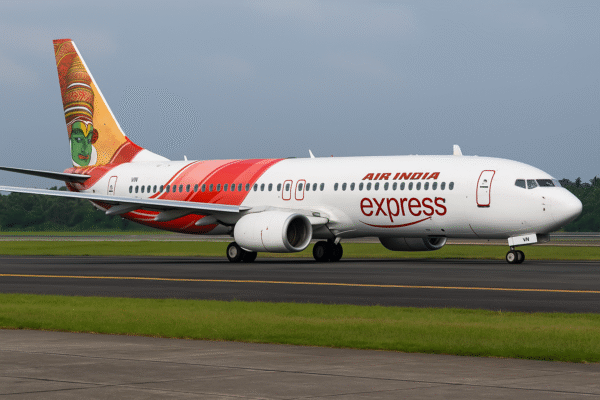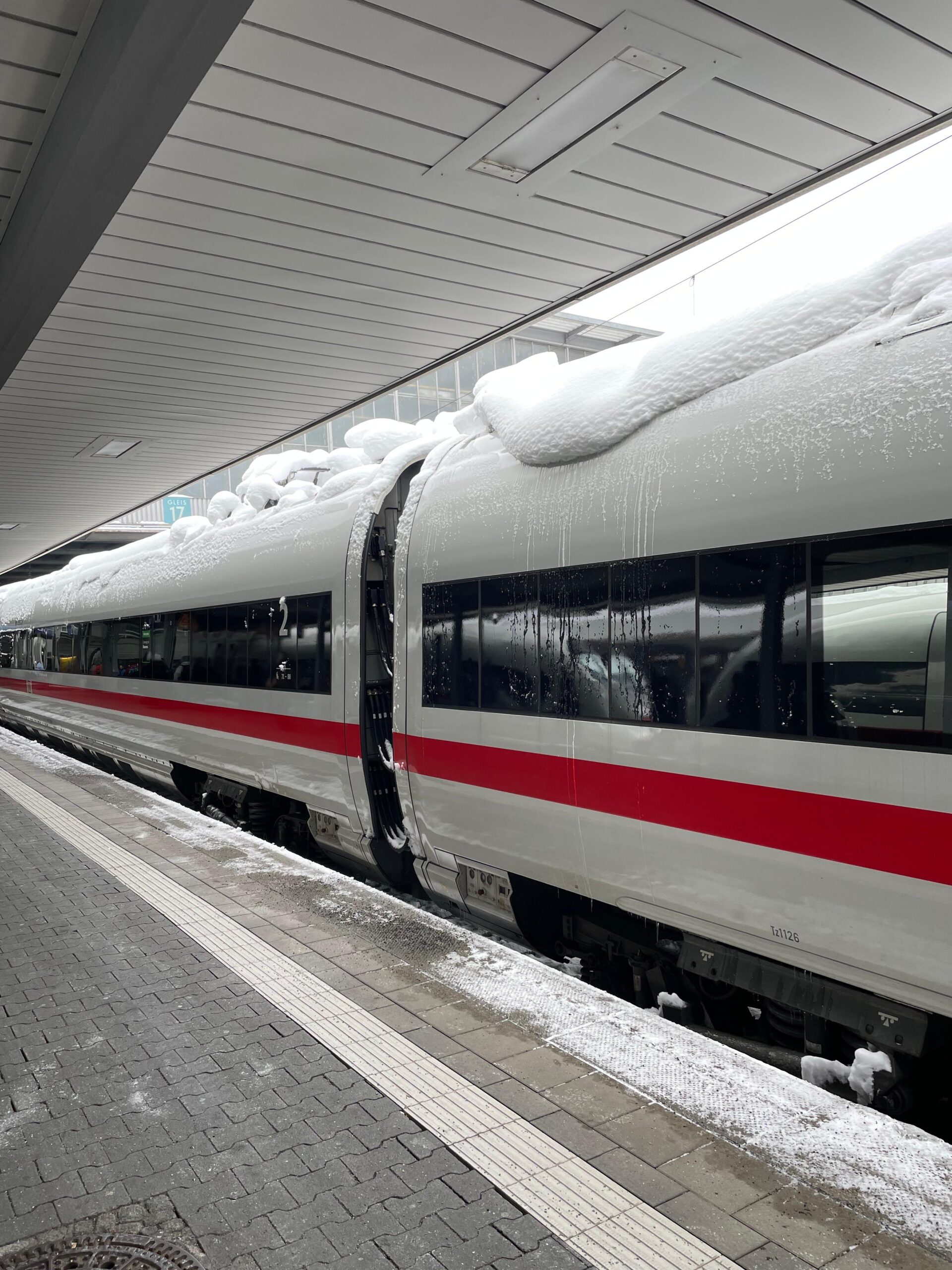Rail travel in Europe is on the brink of a revolutionary transformation. Starting May 2026, a brand-new high-speed rail service connecting Prague, Berlin, and Copenhagen will begin operations, offering a faster, greener, and more comfortable alternative to short-haul flights.
This initiative is part of a joint venture between Deutsche Bahn (DB) of Germany, Danish State Railways (DSB), and Czech Railways (ČD). Backed by the European Commission, the project is a major milestone in the EU’s push to enhance cross-border rail mobility and reduce carbon emissions by shifting travelers from air to rail.
Cutting Travel Times and Carbon Emissions
Once operational, the new route will significantly shorten journey durations between major cities. Berlin to Copenhagen will take just seven hours, while Prague to Copenhagen will be achievable in around eleven hours. The trains will operate year-round, offering daytime service in both directions and presenting a viable alternative to flying within Northern and Central Europe.
The new route is expected to attract both business and leisure travelers, many of whom are increasingly looking for eco-friendly and efficient travel options across borders. The reduced travel time, combined with high onboard comfort, is positioned to reshape how people move across Europe.
Introducing the ComfortJet: Modern Rail Travel Redefined
Passengers on this route will experience the next-generation ComfortJet trains, designed with both convenience and sustainability in mind. Manufactured to serve long-distance travelers, each train will offer:
- Wi-Fi connectivity and radio-transparent windows for uninterrupted mobile signal
- An onboard restaurant for meals and refreshments
- Seating capacity for 555 passengers
- Bicycle storage, wheelchair lifts, and accessible toilets
- A children’s cinema zone for families
These high-tech trains aim to deliver a seamless, stress-free travel experience comparable to air travel, but with lower emissions and more scenic routes.
A Pillar of Europe’s Rail Renaissance
The Prague-Berlin-Copenhagen route is one of ten pilot projects supported by the European Commission to improve cross-border rail connectivity. This aligns with the EU’s Green Deal objectives, which promote sustainable transportation across the continent.
“This is a strong example of progress toward a greener and more integrated Europe,” said Apostolos Tzitzikostas, EU Commissioner for Sustainable Transport and Tourism. “By improving cross-border train travel, we reduce our dependency on flights and build a stronger, environmentally responsible network.”
Deutsche Bahn board member Michael Peterson also emphasized the need for faster routes: “Our travelers prefer international rail journeys under 4.5 hours, but we’re now delivering attractive services with added comfort and competitive timing to meet growing demand.”
Challenges and Opportunities in Cross-Border Rail
Despite the progress, Europe’s rail sector continues to face logistical hurdles. Differing rail standards, ticketing systems, and infrastructure compatibility between countries still create bottlenecks for international rail expansion.
Booking multi-country trips remains complex, with passengers often juggling multiple operators and platforms. Real-time updates for cross-border routes also lag behind domestic services. The Prague-Copenhagen service, however, is expected to set a new benchmark for integration and collaboration among national rail operators.
The European Commission views this pilot project as a model for how pan-European train services can work, helping streamline routes and build a unified booking and support system in the near future.
A Catalyst for Greener Travel
Europe’s high-speed rail expansion reflects growing demand for eco-friendly travel. Rail generates up to 90% fewer carbon emissions per passenger kilometer than air travel, making it a key player in the EU’s climate goals.
Mayor of Berlin Kai Wegner welcomed the announcement, calling it “a critical step toward decarbonizing the European transport sector. This link benefits travelers and helps Europe achieve its green ambitions.”
In recent years, the EU has also funded other transformative projects, including the Berlin-Paris high-speed routelaunched in 2024 and the Munich-Milan-Rome corridor, expected to be operational by 2027.
Rail Travel Revival Across the Continent
In parallel with the Prague-Copenhagen connection, the EU has supported extensions to other regional lines, including:
- Baltic links between Tallinn, Riga, and Vilnius
- Summer seasonal trains connecting Warsaw to Croatia’s Adriatic coast
- New night trains like Espresso Riviera, connecting Rome to the French Riviera
Even startups like Dreamstar Lines are investing in sleeper trains to connect over 100 cities, offering an affordable and sustainable alternative to both budget airlines and hotels.
Travel in 2026: What Passengers Can Expect
Once launched, the new train service will feature:
- Integrated ticketing platforms across DB, DSB, and ČD websites
- Enhanced real-time tracking and updates
- Dedicated tourist services, including travel packages and rail passes
- Direct station access in central locations of Prague, Berlin, and Copenhagen
As a year-round operation, the new service will provide flexibility for both peak summer tourism and off-season business travel.
Conclusion: A Bold Step Toward Europe’s Rail Future
The new high-speed rail route between Prague, Berlin, and Copenhagen, set to debut in May 2026, is more than just a transportation upgrade—it’s a symbol of Europe’s sustainable mobility future. With modern trains, reduced travel times, and strong international collaboration, this project reinforces rail as a primary mode of travel in the coming decades.
As the continent shifts toward greener transport, this service marks a pivotal leap forward—offering convenience, comfort, and environmental consciousness to a new generation of European travelers.
For more travel news like this, keep reading Global Travel Wire


















